Hiking in Tanzania is just the same as any other top hiking destination in the world because we have record-smashing mountains here. Mount Kilimanjaro, for example, is the highest free-standing mountain in the world, is snow-capped, needs a great deal of preparation, stands at 5,895m above sea level, just a few meters shy of 6000m high, which makes it the highest point in the continent of Africa. Not only that, but to complete the seven summit fetes, Kilimanjaro is a must-have on your bucket list. That being said, this should not take away from the fact that there are other great mountains and trails to hike in the country. See, Kilimanjaro takes most of the limelight, but there are other great highlands and mountains that can give you a satisfying hike, and you can find the full list of the hills, highlands and mountains here. Now, this article I am writing is purposely to enlighten you on the overall experience and expectations when hiking in Tanzania. Tanzania, nestled in East Africa, is a haven for hiking enthusiasts, offering a tapestry of landscapes from the snow-capped summit of Mount Kilimanjaro to the verdant trails of Udzungwa Mountains National Park. This comprehensive guide, informed by extensive research, aims to equip hikers with all the necessary details for a safe and enriching adventure, covering top destinations, preparation, weather considerations, safety, cultural awareness, and practical logistics.
Where can you hike in Tanzania?
Well, Tanzania is blessed with many hiking destinations, but the Northern part of the country is one you should not miss because all the highest mountains and highlands are concentrated in this part. The moment you travel to the northern circuit of Tanzania, you will come across rolling hills, valleys and mountains that do not seem to end. The following table outlines key hiking destinations, each with distinct characteristics:
| Destination | Location | Height/Duration | Difficulty | Unique Features |
|---|---|---|---|---|
| Mount Kilimanjaro | Northeastern Tanzania, near Kenya | 5,895m, 6-9 days depending on route | Advanced | Seven routes (Lemosho, Machame, etc.), high success rates with longer itineraries |
| Mount Meru | Arusha National Park, 50 miles west of Kilimanjaro | 4,566m, 3-4 days | Advanced | Wildlife (giraffes, elephants), views of Kilimanjaro, hut accommodations |
| Udzungwa Mountains National Park | Southern Tanzania | Varies, 2-5 days for major trails | Moderate to Advanced | Biodiversity hotspot, trails like Sanje Waterfall (2-3 hours), Lumemo Trail (5 days, 40 miles) |
| Ol Doinyo Lengai | Northern Tanzania, near Ngorongoro | ~3,000m, 6-12 hours | Difficult | Active volcano, night hike to summit by sunrise, potential closures due to eruptions |
Mount Kilimanjaro Hiking Routes and Details
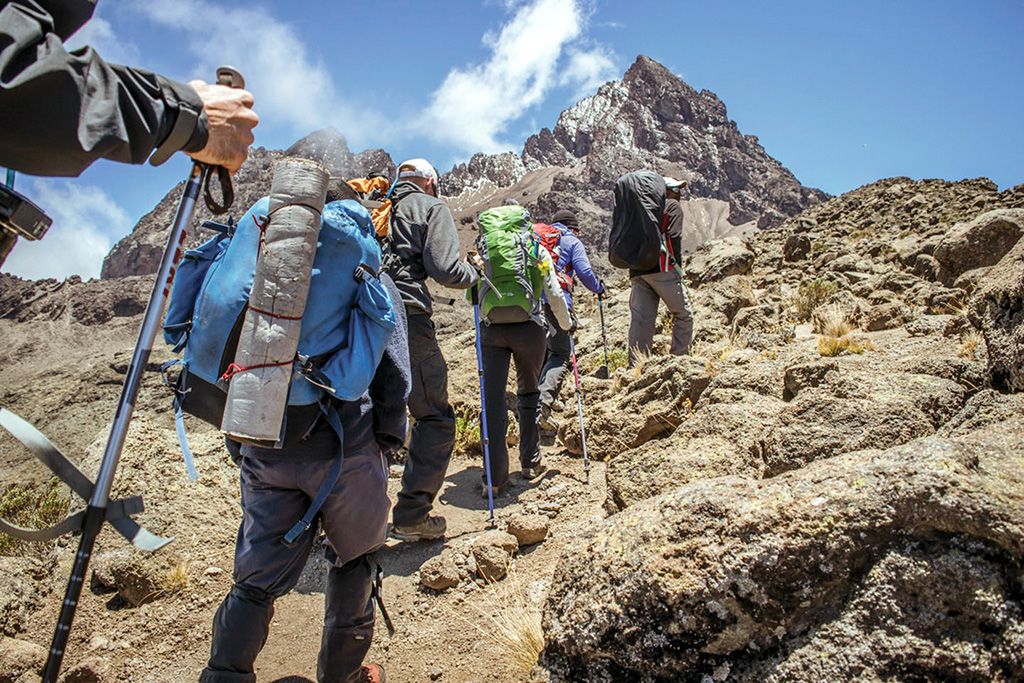 Mount Kilimanjaro, part of Kilimanjaro National Park, offers seven established routes, each with pros and cons. The Lemosho Route, starting on the western side, is renowned for its scenic beauty and high summit success rates, especially over 8 days, with a quieter start before merging with the Machame Route. The Machame Route, known as the “Whiskey” route, is popular for its diverse landscapes and “climb high, sleep low” acclimatization profile, typically taking 6-7 days. Marangu, or the “Coca-Cola” route, is the only one with hut accommodations, but its rapid ascent lowers success rates, making it less recommended for beginners. Rongai, from the north, is quieter and suitable during rainy seasons due to less precipitation. The Northern Circuit, the longest, circles the mountain for panoramic views, while Umbwe is steep and challenging, and Shira starts at a higher altitude, which can be tough for acclimatization. Research suggests choosing routes like Lemosho or Machame for better acclimatization and scenery, with longer itineraries (7-9 days) improving summit chances, given the mountain’s overall success rate of around 60%.
Mount Kilimanjaro, part of Kilimanjaro National Park, offers seven established routes, each with pros and cons. The Lemosho Route, starting on the western side, is renowned for its scenic beauty and high summit success rates, especially over 8 days, with a quieter start before merging with the Machame Route. The Machame Route, known as the “Whiskey” route, is popular for its diverse landscapes and “climb high, sleep low” acclimatization profile, typically taking 6-7 days. Marangu, or the “Coca-Cola” route, is the only one with hut accommodations, but its rapid ascent lowers success rates, making it less recommended for beginners. Rongai, from the north, is quieter and suitable during rainy seasons due to less precipitation. The Northern Circuit, the longest, circles the mountain for panoramic views, while Umbwe is steep and challenging, and Shira starts at a higher altitude, which can be tough for acclimatization. Research suggests choosing routes like Lemosho or Machame for better acclimatization and scenery, with longer itineraries (7-9 days) improving summit chances, given the mountain’s overall success rate of around 60%.
Mount Kilimanjaro Hiking Tours in Tanzania
8 days Lemosho Route Itinerary
7 days Machame Route Itinerary
6 Days Marangu Route
9 days Northern Circuit Route
Mount Meru Treks in Arusha
Mount Meru, at 4,566 meters, is located in Arusha National Park, about 80 km west of Kilimanjaro. It’s a 3-4 day hike, often used for acclimatization before tackling Kilimanjaro. The trail passes through forest, moorland, and volcanic landscapes, with opportunities to see giraffes, elephants, buffalo, and warthogs on lower slopes. Accommodation is in mountain huts, and all treks require a guide and armed ranger for safety. The summit offers unforgettable views of Kilimanjaro and the Meru Crater at sunrise, making it a challenging yet rewarding ascent for advanced hikers.
To hike Mount Meru, book this 4 day Trek
Udzungwa Mountains National Park Hikes in Northern Tanzania
Udzungwa, in southern Tanzania, is dubbed the “Galapagos of Africa” for its incredible diversity, with trails ranging from short walks to multi-day adventures. The Sanje Waterfall trail, a 2-3 hour hike, features a 183-meter cascade, while the Mwanihana Peak trek (23 miles, 1-2 nights) and Lumemo Trail (40 miles, 5 days) offer deeper exploration. It’s home to leopards, lions, elephants, African wild dogs, and endemic primates like the Iringa red colobus monkey, making it ideal for nature lovers and those seeking less strenuous hikes.
Ol Doinyo Lengai: The Mountain of God
Ol Doinyo Lengai, meaning “Mountain of God” in Maasai, is an active volcano in northern Tanzania, near Ngorongoro and Lake Natron. The hike, typically 6-12 hours, starts around midnight to reach the summit by sunrise, covering 11-12 km with an ascent of about 3,000 meters. It’s a difficult climb, not suitable for beginners, with freezing temperatures at the top and a chance to stroll the crater rim. However, it’s a gamble due to potential closures if eruptions occur, last active in 2019. A nearby alternative is the Ngaresero Waterfall, a 5 km round-trip, less demanding and suitable for swimming.
See this 3 days Ol Doinyo Lengai Hike
How to Prepare for your Hike in Tanzania, the expert guide
Tanzania’s allure for hikers lies in its diverse terrain and iconic peaks. Mount Kilimanjaro, at 5,895 meters (19,341 feet), is Africa’s highest mountain and a global trekking icon, while Mount Meru and lesser-known areas like Udzungwa offer varied experiences. The country’s proximity to the equator and its five climate zones—ranging from tropical coastlines to alpine summits—create a unique hiking environment, blending physical challenge with natural beauty and cultural immersion.
Preparation is crucial for a successful hike in Tanzania, given the physical and environmental demands.
- Physical Preparation: Build cardiovascular endurance with activities like running, cycling, or hiking, and strengthen legs with squats or stair climbing. Practice carrying a weighted backpack to simulate conditions, especially for multi-day treks. For Kilimanjaro, aim for at least 2-3 months of training, focusing on altitude simulation if possible.
- Gear and Equipment: Essential items include sturdy, waterproof hiking boots, layered clothing (base layers, fleece, down jacket for summit nights), a rain poncho, a sleeping bag rated for -15°C or lower for camping routes, trekking poles for stability, and a first-aid kit with altitude sickness medication like Diamox. Don’t forget sunscreen, sunglasses, a hat, and sufficient water bottles or hydration systems (3-4 liters daily recommended).
- Permits and Regulations: All hikes in national parks require permits, obtainable through licensed operators. For Mount Kilimanjaro and Mount Meru, independent climbing is prohibited; you must book with a tour operator, ensuring guides, porters, and compliance with park rules. For Udzungwa and Ol Doinyo Lengai, guides are recommended, and permits can be arranged via park authorities or operators.
Weather and Best Time to Hike in Tanzania
Tanzania’s climate varies by region, with two dry seasons ideal for hiking: June to October and late December to March. The evidence leans toward these periods offering clearer skies, less rain, and safer trails, though regional differences exist.
- Mount Kilimanjaro: Best months are January to March and June to October, avoiding the rainy seasons (April-May and November). August, for instance, is dry and dusty, while November may bring daily showers, impacting visibility. December can have snow at the summit, adding challenge but also beauty.
- Mount Meru and Northern Hikes: Similar to Kilimanjaro, dry seasons are preferable, with January-February offering clear views. The Rongai Route on Kilimanjaro, starting north, is recommended during rains due to less precipitation, suggesting northern hikes like Ol Doinyo Lengai might be manageable then.
- Udzungwa and Southern Areas: Dry seasons ensure better trail conditions, but even during rains, shorter trails like Sanje Waterfall are feasible with waterproof gear.
Research suggests planning around these windows, with July to October being the most popular for trekking, aligning with global vacation schedules and optimal wildlife viewing, though December’s holiday period also sees increased activity.
Safety and Health Considerations
Hiking in Tanzania, especially at high altitudes, requires attention to safety and health.
- Altitude Sickness: A major concern on Kilimanjaro and Meru, symptoms include headache, nausea, dizziness, and shortness of breath. Prevent by ascending gradually, staying hydrated, eating high-carb meals, and considering Diamox (consult a doctor). The 8-day Lemosho Route, for example, aids acclimatization, boosting summit success.
- Wildlife Encounters: On Mount Meru, lower slopes host buffalo and elephants, requiring guides and armed rangers for safety. In Udzungwa, leopards and elephants necessitate following guide instructions and maintaining distance. Always stay on designated trails to avoid disturbing wildlife.
- Emergency Procedures: Carry a first-aid kit with essentials like painkillers, bandages, and altitude medication. Know emergency contacts for your operator and park authorities. For remote areas, consider a satellite phone or emergency beacon. In case of severe altitude sickness, descend immediately, with guides trained to handle evacuations.
Cultural and Ecological Awareness
Tanzania’s hiking trails often pass through areas inhabited by local communities, like the Chagga around Kilimanjaro or Maasai in the north. Respect their customs by dressing modestly, asking permission for photos, and supporting local economies by hiring guides or buying crafts. Ecologically, follow leave no trace principles: pack out all trash, avoid littering, stay on trails to prevent erosion, and minimize noise to not disturb wildlife. For Kilimanjaro, there’s a specific code of conduct, including not removing rocks or plants, to preserve the fragile alpine environment.
Practical Information
Logistics are key to a smooth hiking experience in Tanzania.
- Getting There: Most international flights land at Julius Nyerere International Airport (Dar es Salaam) or Kilimanjaro International Airport (near Moshi and Arusha). From there, domestic flights, buses, or private transfers reach hiking starting points. For Kilimanjaro, Moshi is the base but the preferred airport is JRO (Kilimanjaro International Airport); for Meru, Arusha; and for Udzungwa, Iringa or Mikumi.
- Visa Requirements: Most nationalities need a visa, obtainable on arrival or online via the Tanzania Immigration Services website. Check requirements based on your passport.
- Accommodation: Before and after hikes, options include hotels and lodges in Moshi, Arusha, or Iringa. During hikes, Kilimanjaro routes like Marangu offer huts, while others (Lemosho, Machame) require camping with porters carrying gear. For Meru, mountain huts are standard, and Udzungwa may have basic campsites.
- Guided vs. Independent: For major hikes like Kilimanjaro and Meru, guided tours are mandatory, with operators providing guides, porters, and meals. Independent hiking is not allowed due to safety and park regulations. For Udzungwa or Ol Doinyo Lengai, guides are recommended, ensuring safety and local knowledge, especially in wildlife-rich areas.
Unexpected Detail: Seasonal Wildlife Viewing
An unexpected aspect of hiking in Tanzania is the opportunity to see wildlife, not just on safaris. Trails like Mount Meru offer sightings of giraffes and elephants, while Udzungwa’s biodiversity includes rare primates. This integration of hiking and wildlife viewing, especially during dry seasons when animals congregate at water sources, adds a unique layer to the experience, blending adventure with nature’s spectacle.
Tanzanian Hikes
Hiking in Tanzania is a journey through some of Africa’s most stunning landscapes, offering physical challenges, cultural encounters, and ecological wonders. With proper preparation, respect for the environment, and informed planning, your hike can be both safe and transformative. Whether summiting Kilimanjaro, exploring Meru’s wildlife, or trekking Udzungwa’s forests, Tanzania promises an unforgettable adventure.
![]()

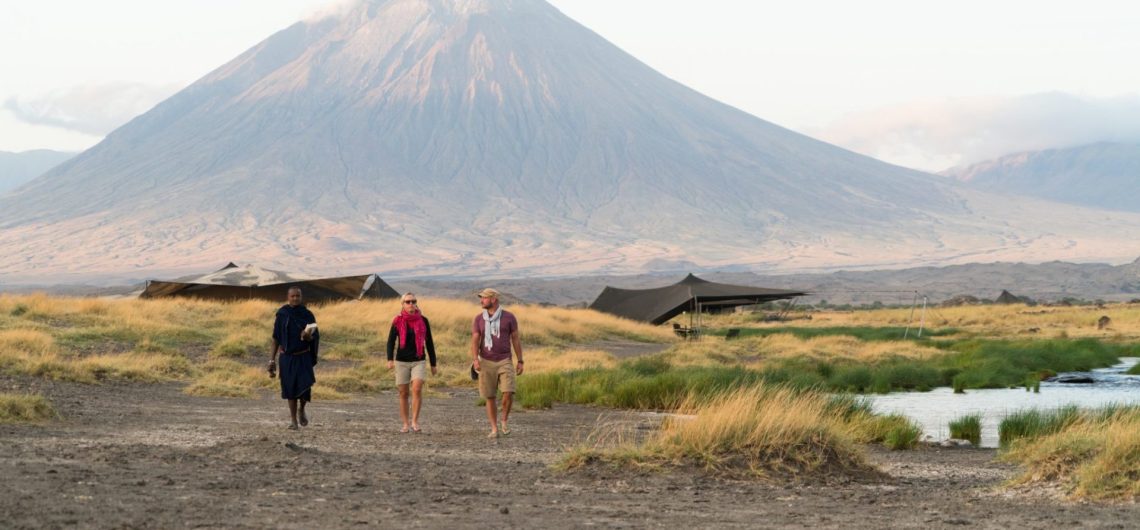
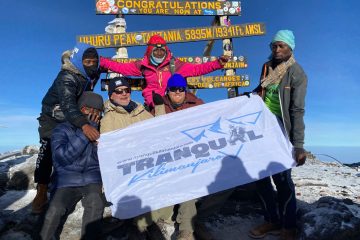
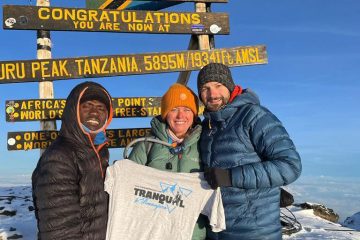
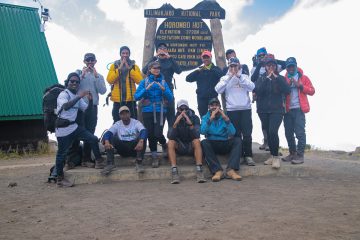
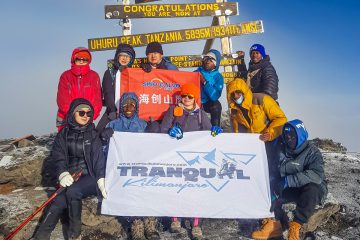
Comments